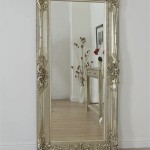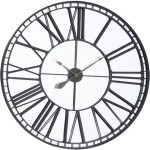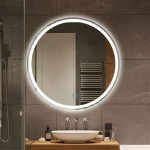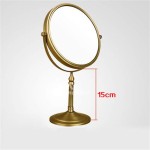Does Acrylic Paint Come Off Mirrors?
Acrylic paint is a popular choice for various art projects, including decorating mirrors. However, the question of whether acrylic paint comes off mirrors is a frequent concern for artists and those interested in temporary decorations. The answer depends on several factors, including the type of mirror, the preparation method, and the paint application technique. While acrylic paint can be removed from mirrors under certain conditions, it is crucial to understand the potential challenges and the best practices for achieving successful removal.
Factors Affecting Acrylic Paint Removal from Mirrors
The ease of removing acrylic paint from mirrors depends on several crucial factors:
1. Type of Mirror
Mirrors come in various types, each with distinct surfaces that affect paint adhesion. Glass mirrors, the most common type, generally offer a smooth, non-porous surface that can be easier to clean. However, mirrors with textured or etched surfaces may trap paint more effectively, making removal more challenging.
2. Paint Application Technique
The method used to apply acrylic paint influences its adhesion to the mirror's surface. A thin, even coat is less likely to bond strongly than a thick, uneven application. The drying time of the paint also plays a crucial role. Fresh paint, still wet or tacky, can be easier to remove. However, fully cured acrylic paint can become more stubbornly attached to the mirror's surface.
3. Adhesion Primer
Some artists use adhesion primers specifically designed for acrylic paint to increase the paint's adherence to the mirror's surface. This practice can make paint removal significantly more difficult, as the primer strengthens the bond between the paint and the mirror.
Methods for Removing Acrylic Paint from Mirrors
Several techniques can be employed for removing acrylic paint from mirrors. However, the effectiveness of each method depends on the factors discussed earlier. It is recommended to start with the gentler methods and progress to stronger solutions if necessary.
1. Gentle Removal Using a Soft Cloth and Soap
For recently applied paint, a soft cloth and soapy water may be sufficient for removal. Wet the cloth with soapy water and gently rub the painted area in circular motions. If the paint comes off easily, continue rubbing until all traces are gone. However, this method may not be effective for fully dried or thick paint applications.
2. Using a Razor Blade or Plastic Scraper
For stubborn or dried acrylic paint, a razor blade or plastic scraper can be used to carefully remove the paint. Hold the blade or scraper at a 45-degree angle to the mirror and gently scrape the paint off. Be cautious not to apply excessive pressure to avoid scratching the mirror's surface. Remember to use a sharp blade and protect your hands with gloves.
3. Applying Rubbing Alcohol or Acetone
Rubbing alcohol or acetone can be used to soften the paint and facilitate removal. Soak a cotton ball in rubbing alcohol or acetone and gently rub the painted area. Be careful not to leave the alcohol or acetone on the mirror for extended periods, as it can damage the reflective surface. This method is generally effective for removing thin coats of paint but may not be sufficient for thick or stubborn layers.
4. Using Commercial Paint Remover
For challenging paint removal situations, commercial paint removers can be used. These products are specifically designed to break down the chemical bonds of paint, making removal easier. However, it is crucial to read the instructions carefully and follow safety precautions. Some paint removers can be harsh on the mirror's surface and require proper ventilation during application.
Important Considerations
Regardless of the removal method chosen, several important points should be considered:
1. Testing a Hidden Area
Always test any removal method on a hidden area of the mirror first. This allows you to assess the effectiveness and potential damage before applying it to the visible area. If the method causes any damage, try a different approach.
2. Patience and Caution
Removing acrylic paint from mirrors requires patience and caution. Avoid using excessive force or abrasive materials that could scratch the mirror's surface. Work slowly and steadily, focusing on removing the paint without damaging the reflective surface.
3. Safety Precautions
When using razor blades, plastic scrapers, or commercial paint removers, prioritize safety. Wear gloves, eye protection, and ensure proper ventilation. Avoid contact with the skin and eyes, and keep children and pets away from the working area.
By understanding the factors affecting acrylic paint removal and practicing the appropriate techniques, you can remove paint from mirrors effectively without causing damage. It is essential to remember that success depends on several factors, and some methods may not work in all situations.

How To Paint A Mirror With Pictures Wikihow

Painting On Mirrors An Easy Step By Guide

The Things You Can Wash Acrylic Paint Off Of A Quick Guide Art With Marc Explore And Learn About

Painting On Mirrors An Easy Step By Guide

How To Get Paint Off A Mirror Quora

Painting On Mirrors An Easy Step By Guide

How To Paint A Mirror With Pictures Wikihow

How To Get Paint Off A Mirror Quora

How To Paint A Mirror With Pictures Wikihow

How To Paint A Mirror With Pictures Wikihow








